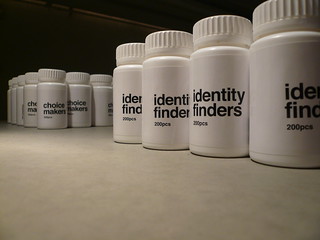 There is no doubt that diversity in the workplace can be beneficial. However, it is important to avoid generalisations, especially when referring to gender (Medland, 2012). Lynda Gratton (director of the Centre for Women in Business at London Business School), for example, observes that “there is no substantive difference between men and women at work. Some people are highly caring and intuitive and others are not” (in Medland, 2012, Para 8).
There is no doubt that diversity in the workplace can be beneficial. However, it is important to avoid generalisations, especially when referring to gender (Medland, 2012). Lynda Gratton (director of the Centre for Women in Business at London Business School), for example, observes that “there is no substantive difference between men and women at work. Some people are highly caring and intuitive and others are not” (in Medland, 2012, Para 8).
It is also essential to recognise that gender diversity includes people who may or may not identify as male, female, transgender, androgynous, or bigender, and that in the workplace behaviour can be “influenced by issues as far-ranging as self-esteem, opportunities, and society’s expectations” (Medland, 2012, Para 24).
Some of the current research indicates that a workplace with gender diversity can:
- Bring varied perspectives, ideas and experiences to teams, and add to collective knowledge.
- Help people feel happier, more resilient in the face of challenges / change, and be more cooperative.
- Provide a range of approaches to problem solving, team building, and analysis of issues, and lead to improved decision-making.
- Foster a range of communication styles.
- Enhance productivity and economic growth (World Economic Forum, 2012).
- Broaden notions of ‘success’, and what the associated attributes ‘look like’.
- Provide a variety of support when a company is working with challenges or turbulent governance.
Within workplaces where gender diversity is actively sought, roles within the organisation, including leadership roles, are often reimagined to be more collaborative and supportive. In turn, this reframing of roles can make the company more appealing and accessible to a much more diverse pool of talent” (Berhane, 2015, n.p.).
References
Berhane, S. (2015). How To Make Gender Equality At Work Matter To Everyone. Retrieved from http://www.fastcompany.com/3052401/strong-female-lead/how-to-make-gender-equality-at-work-everyones-problem.
World Economic Forum. (2012). The global gender gap report 2012. Retrieved from http://www3.weforum.org/docs/WEF_GenderGap_Report_2012.pdf.
Image
Identity finders. CC ( BY ND ND ) licensed Flickr image by James Box: https://flic.kr/p/4ZJvm1





No comments:
Post a Comment